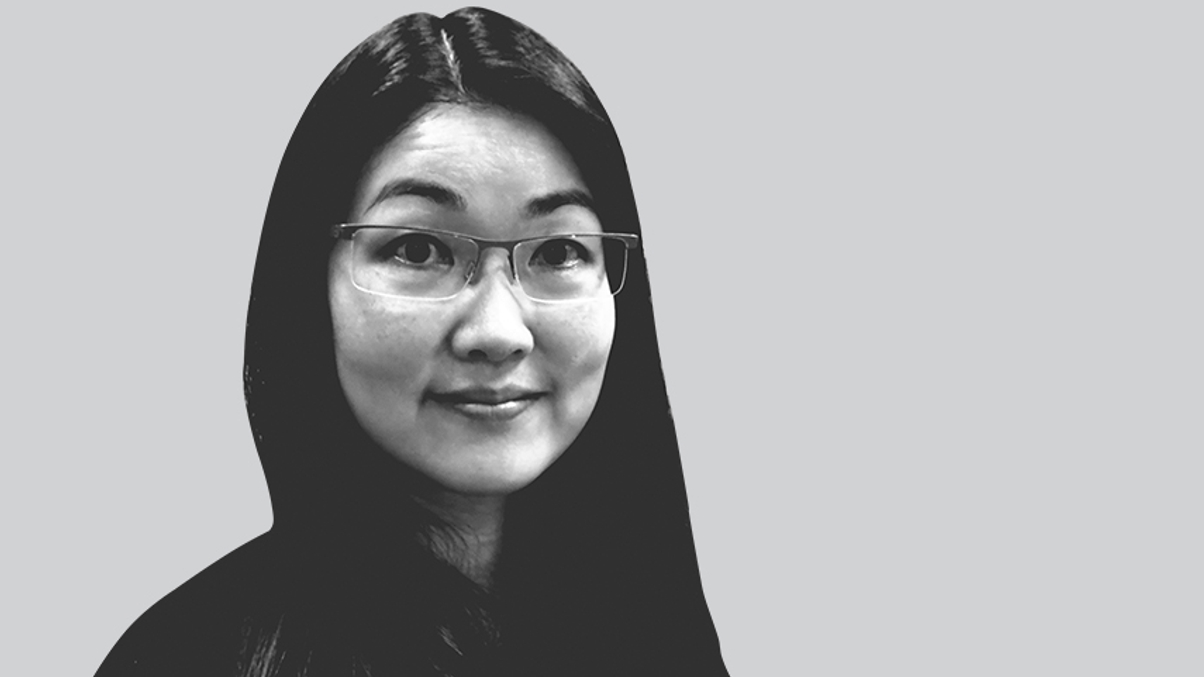HAPFS’s Ho questions merits of performance-only fees
Performance-only fees do not necessarily better align investor and manager interests, says Doris Ho, executive director of Hong Kong's Hospital Authority Provident Fund Scheme.

Paying investment managers just performance-related fees is an enticing idea, but its implementation does not always result in the intended alignment of interests between investors and fund managers.
Sign in to read on!
Registered users get 2 free articles in 30 days.
Subscribers have full unlimited access to AsianInvestor
Not signed up? New users get 2 free articles per month, plus a 7-day unlimited free trial.
¬ Haymarket Media Limited. All rights reserved.


